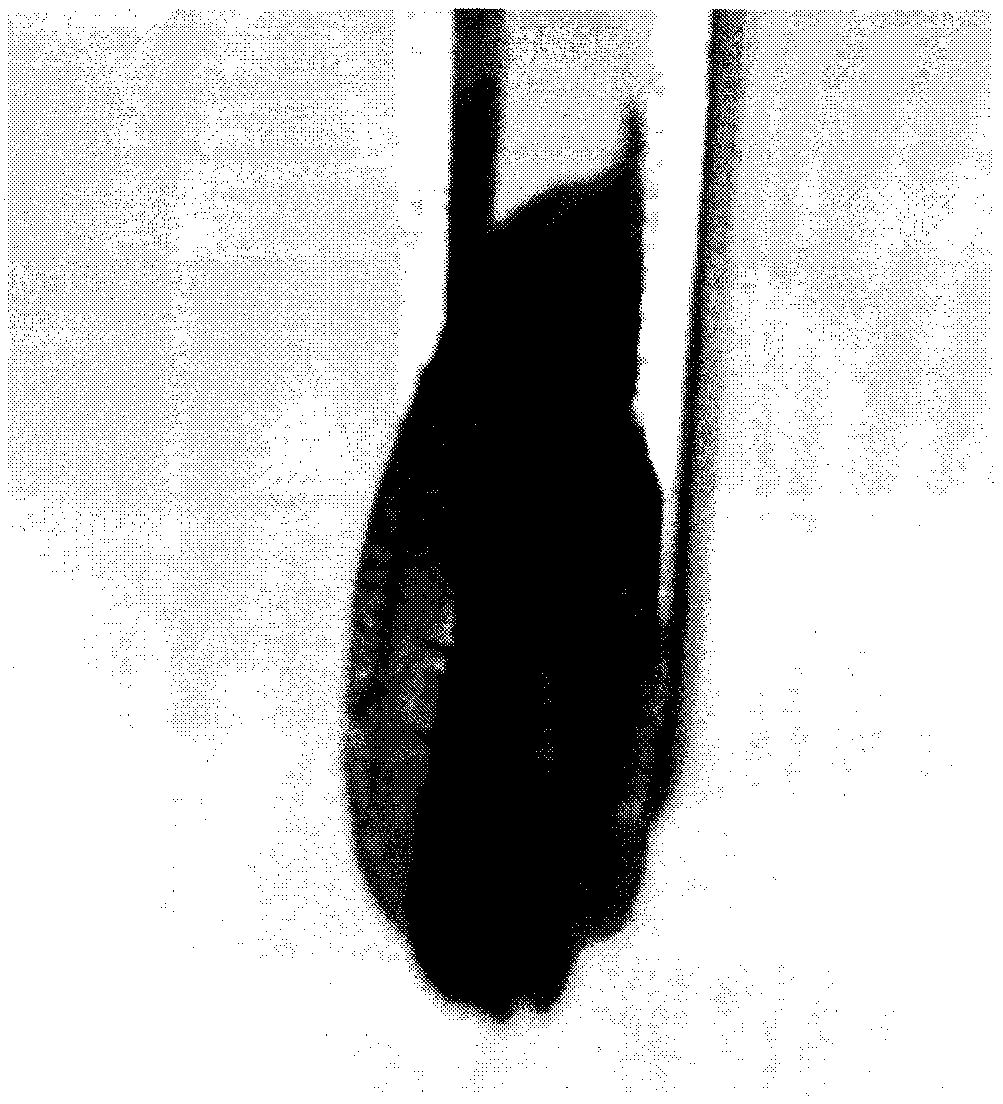Preparation method of reduced graphene oxide base composite membrane
A graphene-based, composite film technology, applied in the direction of graphene, chemical instruments and methods, carbon compounds, etc., to achieve the effect of strong process universality, strong universality, and simple operation
- Summary
- Abstract
- Description
- Claims
- Application Information
AI Technical Summary
Problems solved by technology
Method used
Image
Examples
preparation example Construction
[0035] The general preparation method of the reduced graphene oxide-based composite film of the present invention comprises the following steps:
[0036] (1) Stir for 1h-96h and sonicate for 0h-24h to prepare a graphene oxide dispersion with a concentration of 1mg / mL-50mg / mL, where 0h means that you can choose not to sonicate but only stir;
[0037] (2) Add soluble polymers such as water-soluble polymers or other solvent-soluble polymers to the graphene oxide dispersion obtained in step (1), stir and prepare a mixed solution, or prepare an aqueous solution of the polymer or a solution containing other solvents solution, and then the polymer solution is stirred with the graphene oxide dispersion in step (1) to form a mixed solution, wherein the polymer weight is usually 0%-50% of the graphene oxide weight, but can be adjusted appropriately according to specific applications;
[0038] (3) Add 0%-50% nanoparticles relative to the weight of graphene oxide in the graphene oxide dis...
Embodiment 1
[0056] Step (a): Disperse 1 g of graphene oxide with a size of 10 μm in 200 mL of water, stir for 10 h, and sonicate for 2 min to obtain a graphene oxide dispersion;
[0057] Step (b): add 25% carboxylated chitosan relative to the graphene oxide content to the graphene oxide dispersion obtained in step a, stir for 5 hours, and after ultrasonication for 10 minutes, take out 4 mL of the mixed solution and pour it into a 50 mL inner diameter of 2.96 cm. In the tetrafluoroethylene lining, it is sealed and then put into the reactor.
[0058] Step (c): Seal the reaction kettle in step b and put it into a 120° C. vacuum oven for hydrothermal reaction for 12 hours to obtain a reduced graphene oxide-based composite hydrogel.
[0059] Step (d): freezing the composite hydrogel obtained in step c at -100° C., and freeze-drying to obtain a reduced graphene oxide / chitosan composite film.
[0060] The composite film obtained by this method has a thickness of 1-50mm and a density of 8-20mg / c...
Embodiment 2
[0062] Step (a): Disperse 1 g of graphene oxide with a size of 10 μm in 200 mL of water, stir for 10 h, and sonicate for 2 min to obtain a graphene oxide dispersion;
[0063] Step (b): Add 10% silicon nanoparticles with graphene oxide content to the graphene oxide dispersion obtained in step a, stir for 30 min, and ultrasonically for 2 min, take out 1 mL of the mixed solution and pour it into a 20 mL glass bottle, seal it and put it into a 50 mL poly In the tetrafluoroethylene lining, it is sealed and then put into the reactor.
[0064] Step (c): Seal the reaction kettle in step b and put it into a 120° C. vacuum oven for hydrothermal reaction for 12 hours to obtain a reduced graphene oxide / silicon composite hydrogel.
[0065] Step (d): freezing the composite hydrogel obtained in step c at -30°C, and freeze-drying to obtain a reduced graphene oxide / silicon composite membrane.
[0066] The reduced graphene oxide film obtained by this method has a thickness of 1-20mm and a dens...
PUM
| Property | Measurement | Unit |
|---|---|---|
| thickness | aaaaa | aaaaa |
| density | aaaaa | aaaaa |
| pore size | aaaaa | aaaaa |
Abstract
Description
Claims
Application Information
 Login to View More
Login to View More - Generate Ideas
- Intellectual Property
- Life Sciences
- Materials
- Tech Scout
- Unparalleled Data Quality
- Higher Quality Content
- 60% Fewer Hallucinations
Browse by: Latest US Patents, China's latest patents, Technical Efficacy Thesaurus, Application Domain, Technology Topic, Popular Technical Reports.
© 2025 PatSnap. All rights reserved.Legal|Privacy policy|Modern Slavery Act Transparency Statement|Sitemap|About US| Contact US: help@patsnap.com



